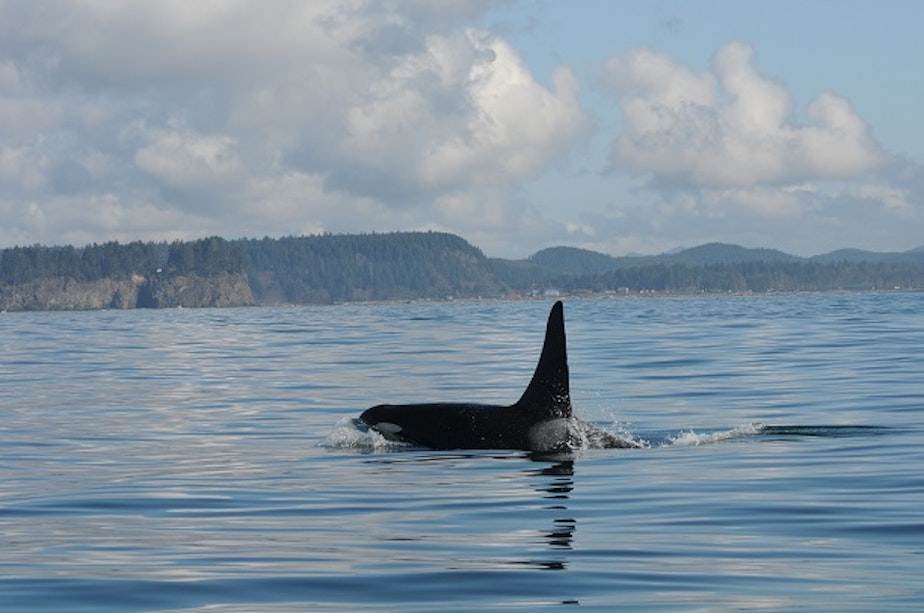Most southern resident killer whales are related. Is that a problem?

There are only 74 living orcas left in the endangered southern resident population, a 30 year low.
In their latest effort to try to understand the whales and help save them, NOAA Fisheries researchers will study the genetic code of 100 living and dead whales in the southern resident population.
Northwest Fisheries Science Center biologist Mike Ford says they want to know how much inbreeding is happening. More than half of the southern resident killer whales are half-siblings, fathered by either J1 (now deceased) or L41.
"One of the questions that we're kind of interested in is: Does that matter?" Ford said. "Are the individuals who are more inbred less likely to survive and give birth than individuals who are less inbred?"
NOAA Fisheries and a biotech company are studying samples from deceased and living orcas and hope to have results this coming spring. Ford says the genetic sequencing will also give them a clearer picture of how big the population of orcas was historically. The data could also reveal information about their immune systems, as West Coast orcas face pollution from ocean vessels and a shortage of chinook salmon.
The state of Washington is also considering a set of actions to support them. Public comments on the state's plan are due by midnight October 7 to Gov. Jay Inslee's task force on killer whales.




